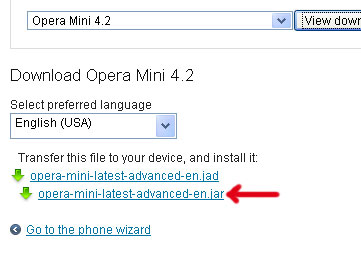
Type the following command chmod 755 yourfilename.sh. If it did not, navigate to the folder where you saved this file and move it to the correct folder. Did it return the name of your script as a file in that folder? If so, move on to the next step. The command ls and then press the enter key. Type the following command cd /home/username/Desktop/scripts (again substituting the actual user name in place of username). Now close the text editor and go back to the “Applications” menu and highlight “System Tools” and then select “Terminal”. Now name your file (highly recommended that you don’t name it with spaces and make the name all lower case to help with ease of use later) and save it to your new folder you created…remember to give it a. Now, type the command you listed into the text editor and then select the “Save As” option. Next, click on the “Applications” menu and highlight “Accessories” and then select “Text Editor” Type the following command #!/bin/bash and then press the enter key. Once you have a good place to store your scripts, you can use the GUI to help with creation of the shell script. The following instructions are based on Fedora 10 with GNOME desktop so if you are running a different Linux distro, you may or may not have a few slight variances. There are a few ways to do this but if you are not familiar with some of the nuances of Linux, it might be easier to create a new folder to place the file in (or all of your scripts in) like home/username/Desktop/scripts (substituting the actual user name in place of username). We can use any one of the following command execute shell script on Linux and Unix-like systems: sh file shell script using combination of the chomod and dot (.) or sh/bash command.
Run keygen.jar how to#
In other words, try it as follows:įor more information see how to improve your bash/sh shell script with ShellCheck lint script analysis tool and other bash debugging hints here. Want to show shell input lines as they are read. It print commands and their arguments as they are executed. Pass the -x to debug shell script when running on your system. sh file shell script and debugging options Select “Run in the terminal” and it will get executed in the terminal.

The dot (.) refers to the current working directory. sh shell script in LinuxĪnother recommend option is to set an executable permission using the chmod command as follows:
Run keygen.jar password#
Type root user password and finally run your script:īash filename.sh How to use chmod command to run. Another option is to use the su command as follows to become superuser: Simply use the sudo command or su command as follows: Root access is disabled by default on many Linux and UNIX like systems.
Run keygen.jar install#
Some time you need root access to install application without root, you won’t have the necessary permissions to install application or make system level modifications. Let us see script examples and usage in details.īash file.sh How to run.

Set execute permission on your script using chmod command :Īnother option is as follows to execute shell script:.Write the script file using nano script-name-here.sh.Open the Terminal application on Linux or Unix.sh file shell script on Linux is as follows: class executable should be saved in myFolder/classes/testPackage.How do I run.
Run keygen.jar code#
To compile this, make sure your working directory is myFolder. Now, type the following command: The specified language : Java does not exist' Code generation failed!!' If we use this method, this is what the directory structure will look like before compiling: |-myFolderĮvery indent in the above illustration corresponds to one level of the file hierarchy that your project should follow. This is also a way to ensure that the likelihood of JVM not finding the main class is reduced significantly, owing to the properly structured directory. If you’re working on a project, it’s likely that you’re already doing this.Ĭonventionally, the directory with source files is labelled as src and the one with.

The recommended way to manage your java files is to create separate directories for source files and classes. In more advanced implementations, we recommend that you create separate subfolders for your classes and source files to better manage files within the package.


 0 kommentar(er)
0 kommentar(er)
